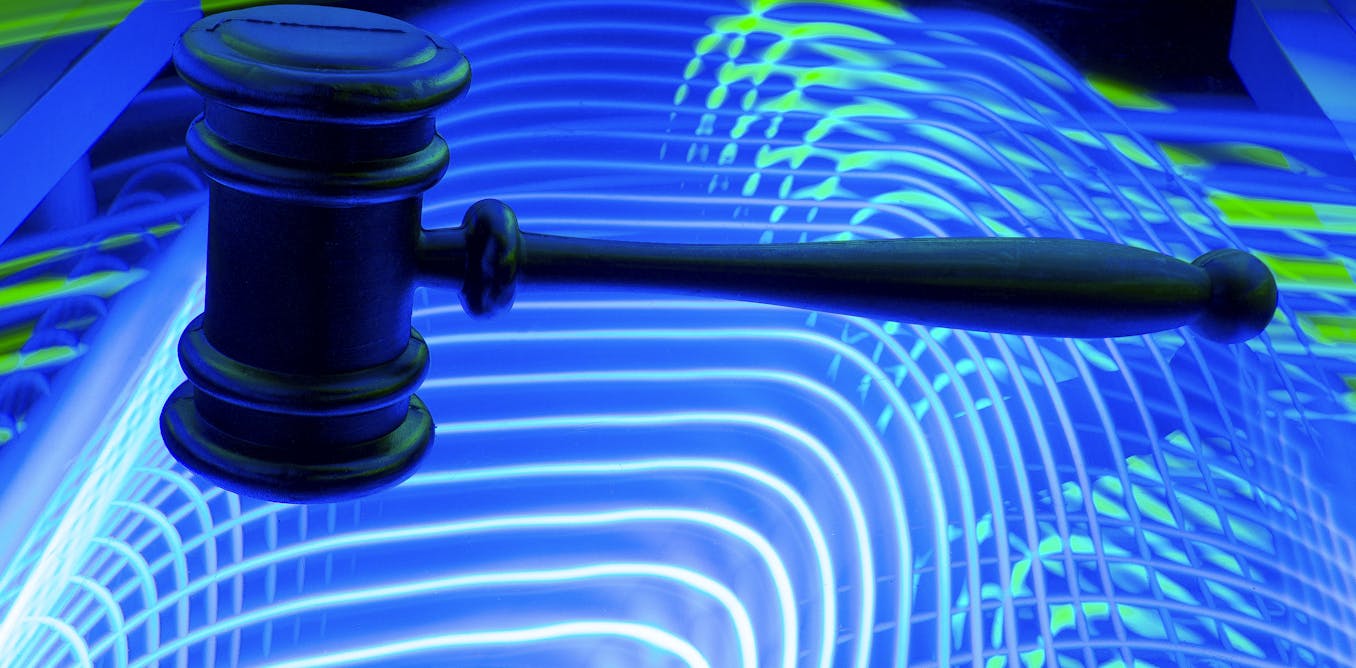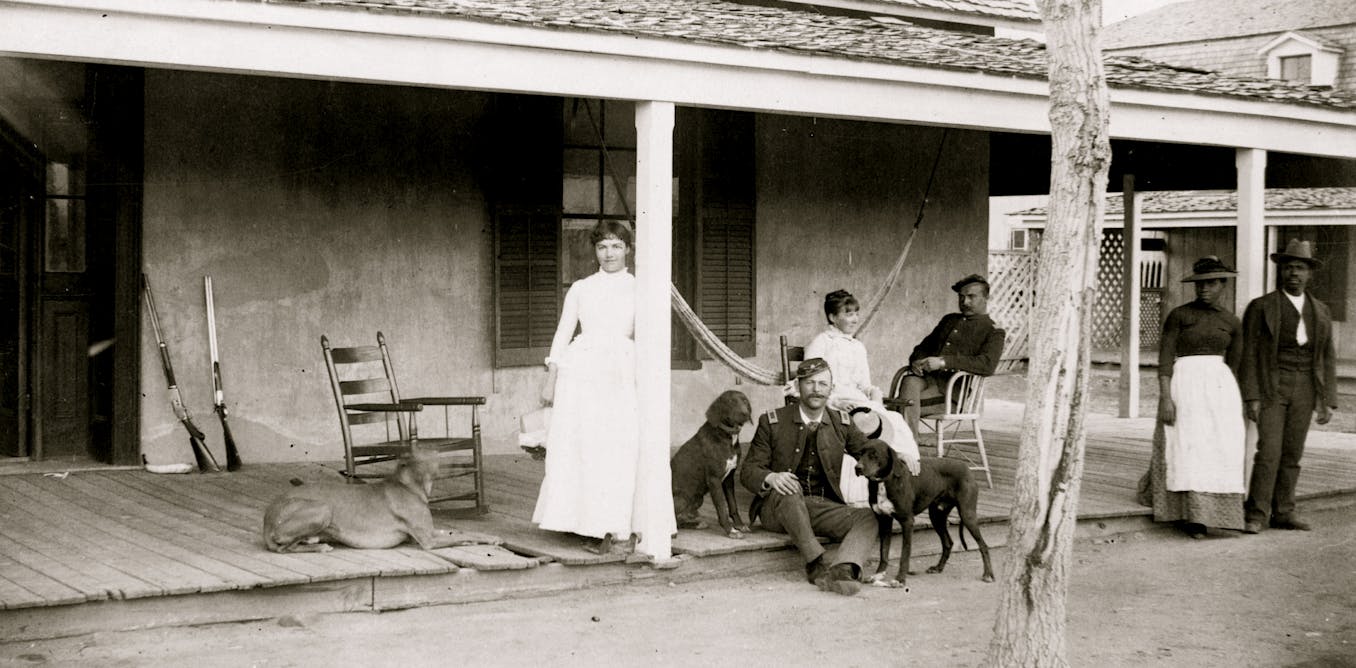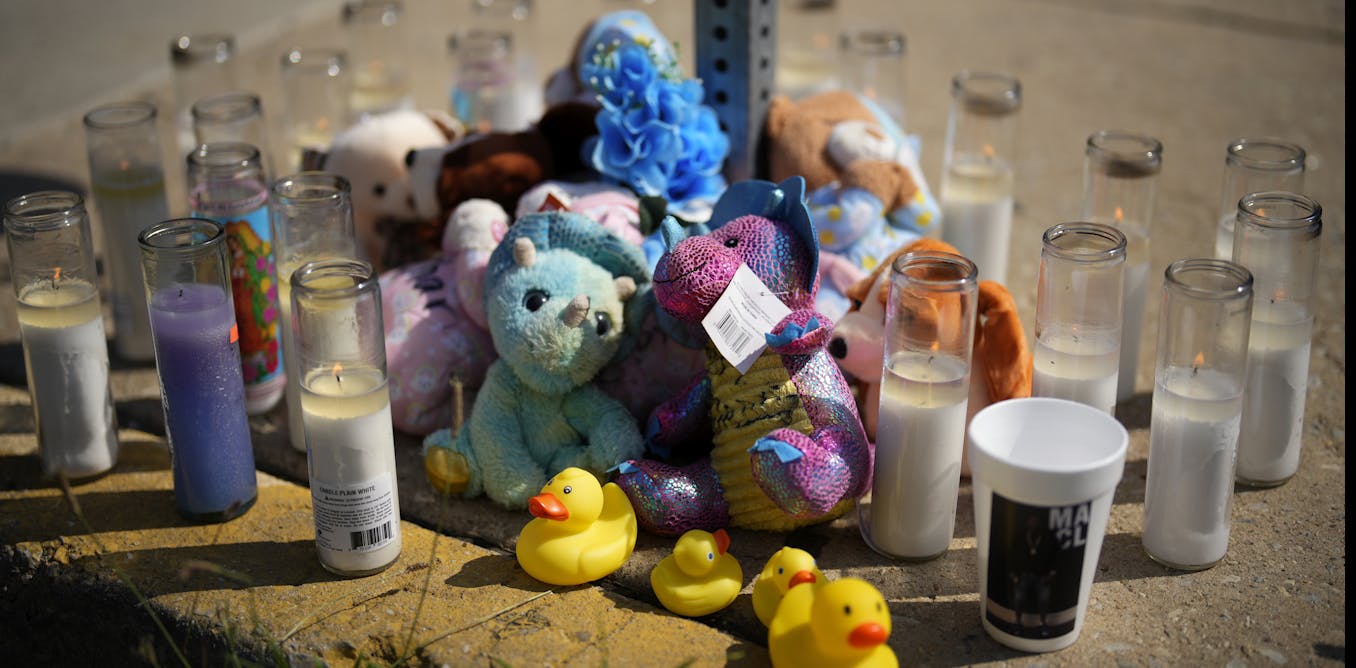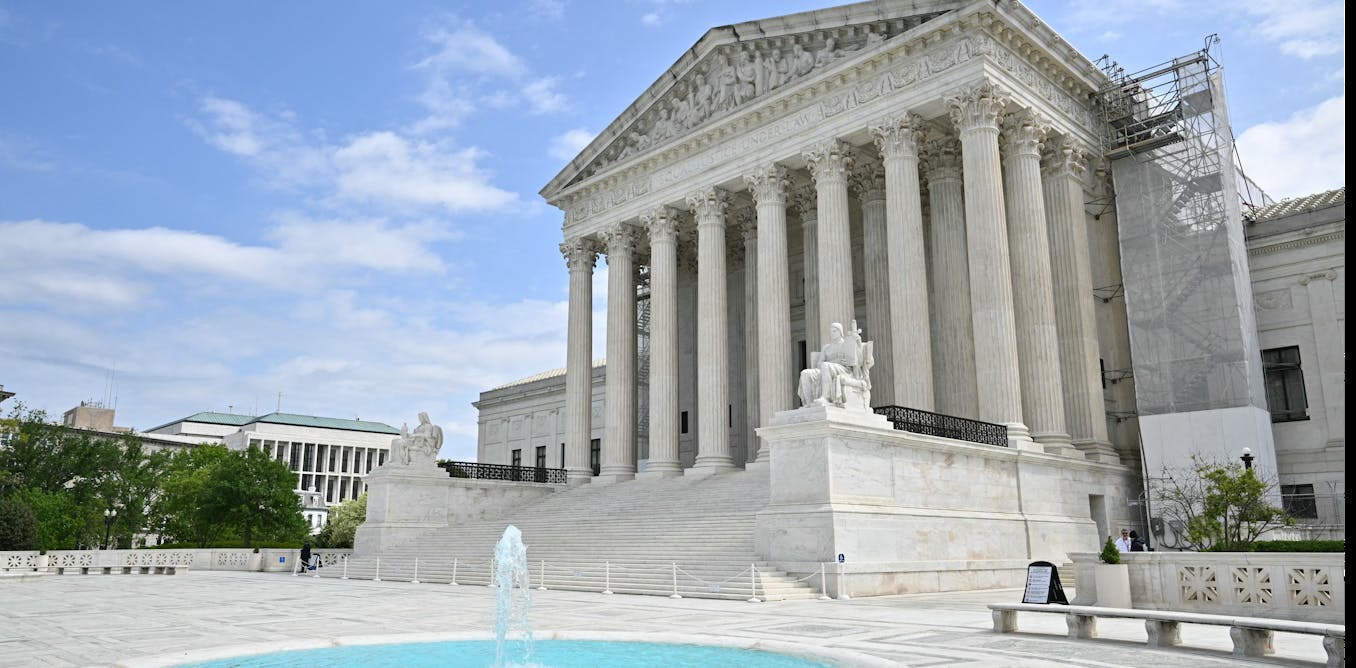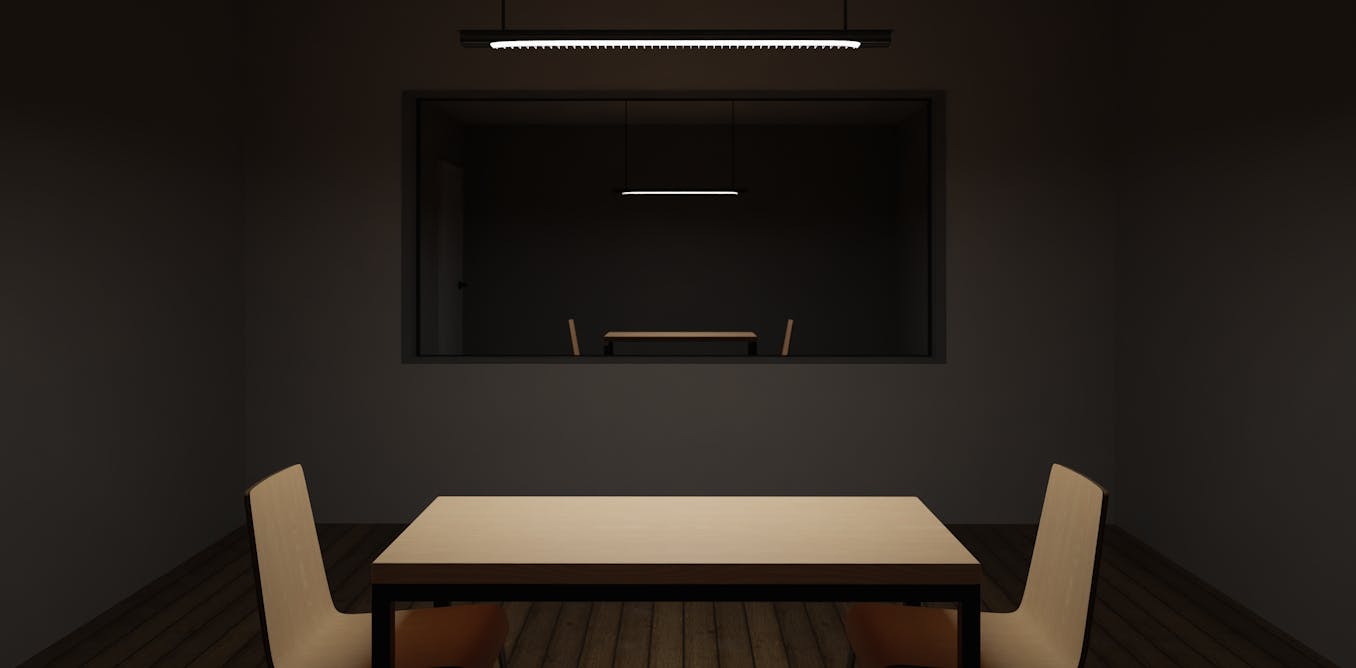Politics
Commander of Iran’s elite Quds Force is expanding predecessor’s vision of chaos in the Middle East
Most Americans have likely never heard of Esmail Ghaani, despite his fingerprints being over a slew of recent attacks on U.S. targets.
As the powerful chief of the Quds Force, the unconventional warfare wing of Iran’s Islamic Revolutionary Guards Corps, Ghaani is charged with overseeing Tehran’s network of allied and proxy groups across the Middle East.
But despite recent media attention following a significant increase in attacks by Quds-backed militants since the Oct. 7, 2023, attack in Israel, Ghaani remains a figure who largely shuns the public spotlight.
This is both like and unlike his predecessor Qassem Soleimani, who died in a controversial 2020 U.S. strike in Iraq.
For the first decade of his stint as Quds Force commander, which began in the late 1990s, Soleimani also kept a low profile. But in the years leading up to his death in 2020, he promoted his accomplishments openly on social media.
Soleimani’s loss was seen as a massive blow to the Quds Force and Iran’s national security agenda overall given his popularity in Iran and his achievements, making the task of replacing him daunting. Ghaani had been Soleimani’s deputy, and the two had known each other since the early 1980s during their Military service in the Iran-Iraq War.
In the initial aftermath of Soleimani’s death, experts questioned whether Ghaani would be a capable replacement.
But despite differing from Soleimani in both personality and attitude toward publicity, Ghaani has managed to expand upon the foundation that Soleimani carefully cultivated over a 20-year period.
Under Ghaani, the Quds Force has doubled down on the strategy of supporting, arming and funding terrorist and insurgent groups in Iraq, Lebanon, Yemen, Syria, Afghanistan and the Palestinian territories.
Building from Soleimani’s legacy, Ghaani is responsible for developing the network into what Iranian officials call the “Axis of Resistance.”
It is a coalition that cuts across ethnic and religious divides in the region, despite Iran itself remaining a hard-line theocracy with an ethnic Persian and Shia Muslim identity. In cultivating the network, first Soleimani and now Ghaani have displayed a degree of pragmatism and flexibility at odds with the extreme ideological position of Iran’s ruling ayatollahs. And Ghaani, like Soleimani before him, appears to have done this with the full trust and support of Iran’s supreme leader, Ayatollah Ali Khamenei.
Pressuring Iran’s enemies
As an expert in national security issues with a focus on counterterrorism, I have observed how the Quds Force’s unconventional warfare strategy has changed the security landscape in the region. It is premised on creating pressure against Iran’s enemies — Israel, the U.S. and Saudi Arabia — through partnering with groups within the axis.
As Quds Force coMMAnder, Ghaani has to manage his organization’s relationships with each of these groups. This is made all the more tricky as each maintains its own agendas, decision-making calculations and, at times, independence despite Iran’s iNFLuence and largesse.
Take the Quds Force’s relationship with Hamas. Despite the long planning involved with the horrific Hamas attacks in Israel in October 2023, the Quds Force does not appear to have had a direct role.
Not that the assault wasn’t welcomed by Ghaani, in public at least. In late December 2023, he was reported as saying on Iran’s official news agency that, “Due to the extensive crimes committed by the Zionist regime against the Muslim people of Palestine, [Hamas] themselves took action. … Everything they did was beautifully planned and executed.”

With other militant groups in the region, Ghaani appears to have a more hands-on approach. The deadly Jan. 28, 2024, drone attack against a U.S. military outpost in Jordan, launched by the Iraq-based and Iran-supported Islamic Resistance in Iraq network, significantly escalated tensions in the region.
It provoked a significant U.S. and British response in Iraq and Syria. After the incident, it was reported that Ghaani spent considerable effort getting the Iraqi groups responsible to temporarily pause anti-U.S. attacks.
Whether that pause lasts for an extended period or if attacks resume will be a test of Ghaani’s ability to wield his iNFLuence in Iraq.
Ghaani’s calculus in regard to Yemen, where the Houthis have emerged as a dangerous insurgent group, looks less clear.
Having been armed throughout a decadelong civil war by Iran, the Houthis responded to Israel’s campaign in the Gaza Strip by launching hundreds of rocket, missile and drone attacks against commercial and military shipping in the Red Sea.
Retaliatory strikes by the U.S. and other coalition members on Houthi targets have destroyed a significant amount of the capability that Iran had provided. Yet the Houthis seem undeterred and have continued anti-shipping operations.
It is unclear if Ghaani has attempted to dial those operations back or if he has encouraged the Houthis to maintain their pace, given the shared goals between Iran and the Houthis to keep pressure on the United States and Israel.
Relationship with Hezbollah
Beyond Israel, Iraq and Yemen, Ghaani is also likely attempting to manage the Quds Force’s relationship with Lebanon’s Hezbollah, arguably Iran’s strongest partner in the Axis of Resistance. The partnership stretches back to the early 1980s and has transformed Hezbollah into a powerful force in Lebanon and a serious security concern in the region.
Since Oct. 7, the group has engaged in near daily conflict with Israel, with both sides conducting cross-border strikes. Hezbollah’s general secretary, Hassan Nasrallah, seems wary of engaging in a broader war with Israel, but at the same time he has not reined in the attacks and has vowed to retaliate against Israel for the death of civilians in Lebanon.

Although Iran may well welcome Hezbollah becoming a persistent irritant to Israel, Tehran is also wary of a full-blown coNFLict. In such a scenario, Nasrallah, Ghaani and Supreme Leader Khamenei would have to worry about whether the United States would get directly involved – as, reportedly, the White House had been considering in the days after the Oct. 7 attack on Israel.
Any future statements by Ghaani regarding Hezbollah will be a strong indicator of Iran’s intent in regard to how it sees this volatile aspect of tensions in the Middle East developing.
Walking a tightrope
To date, Ghaani seems to have successfully navigated the transition between replacing the charismatic figure of Qassem Soleimani and advancing Iran’s interests through Quds Force operations with the full backing of Khameini.
He may never be as revered in Iran as Soleimani, but by managing the Quds Force’s relationship with Axis of Resistance groups, Ghaani has proved to be a formidable and capable adversary who should not be underestimated.
The recent escalation of multifaceted tensions across the Middle East has provided both opportunities and potential pitfalls for Ghaani’s strategy – how to encourage the activities of its Axis of Rrsistance while insulating Iran from any direct blowback from the United States.
But one thing is becoming clear: Reversing the Quds Force’s influence while bolstering U.S. interests is likely to be a top policy priority for Washington as it attempts to manage the developing conflict in the Middle East.
-

 Politics5h ago
Politics5h agoOutdoors in RI: big animals, tiny Ticks, huge Trout, Chepachet’s Harmony Railway, 2A – Jeff Gross
-

 Politics22h ago
Politics22h agoPresident Biden Signs Bill To Ban TikTok: How Long Would It Take To Kick TikTok Out Of America?
-

 Politics1d ago
Politics1d agoThe Light Foundation & RI DEM’s 4th Annual Mentored Youth Turkey Hunt a success
-

 Politics1d ago
Politics1d agoTennessee Lawmakers Pass Bill to Allow Armed Teachers, a Year After Deadly Nashville Shooting
-

 Politics1d ago
Politics1d agoSummer Lee Wins DNC Primary In PA, AIPAC Lobby Chooses Not To Fight After Taking Ls
-

 Politics1d ago
Politics1d agoPastor Dr. Darrell Scott Sent Strong Warning To MAGA, Now Poll Suggest Trump's Black Support Is Softening
-
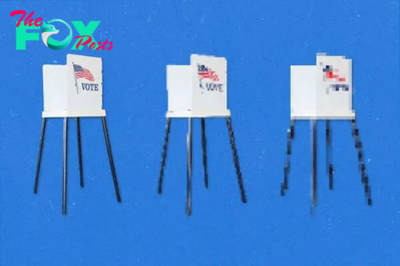
 Politics1d ago
Politics1d agoStates Race To Counter AI Fakes Before the 2024 Election
-
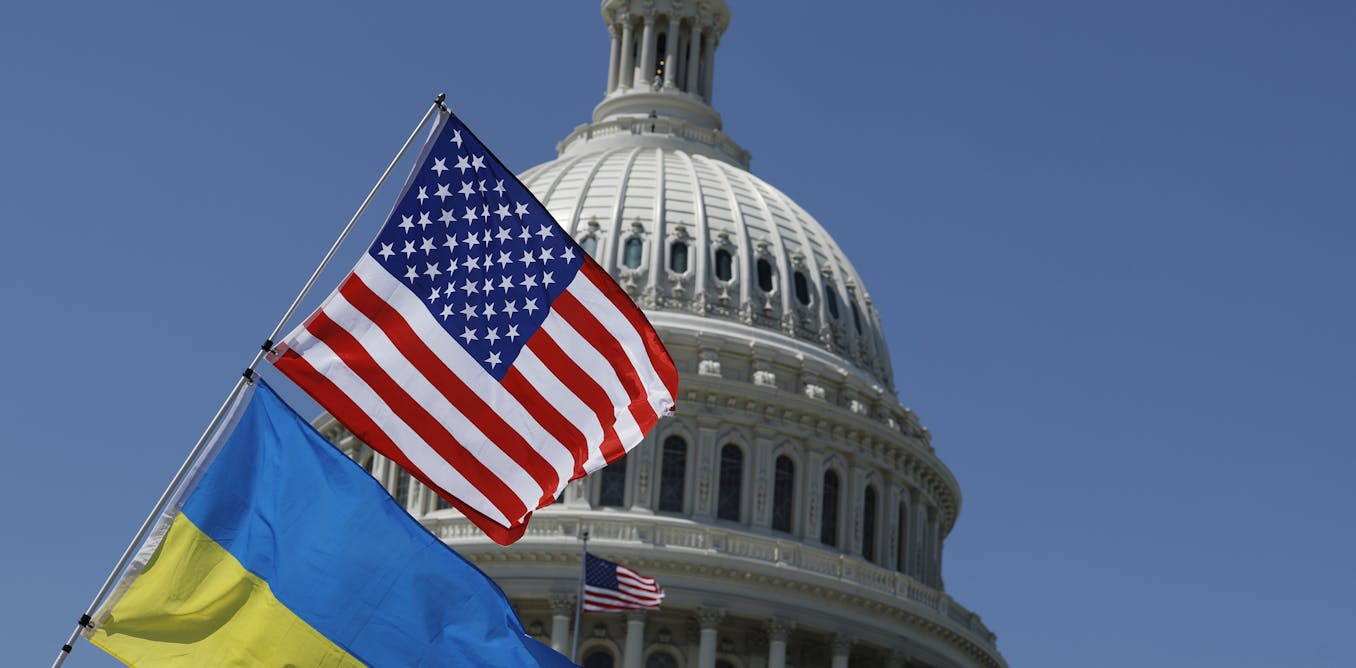
 Politics2d ago
Politics2d agoSenate approves nearly $61B of Ukraine foreign aid − here’s why it helps the US to keep funding Ukraine
